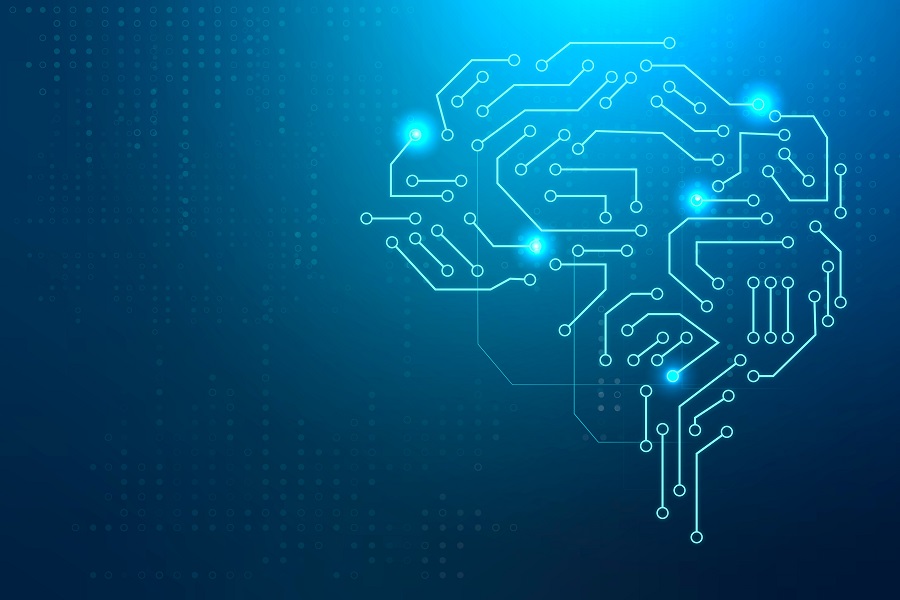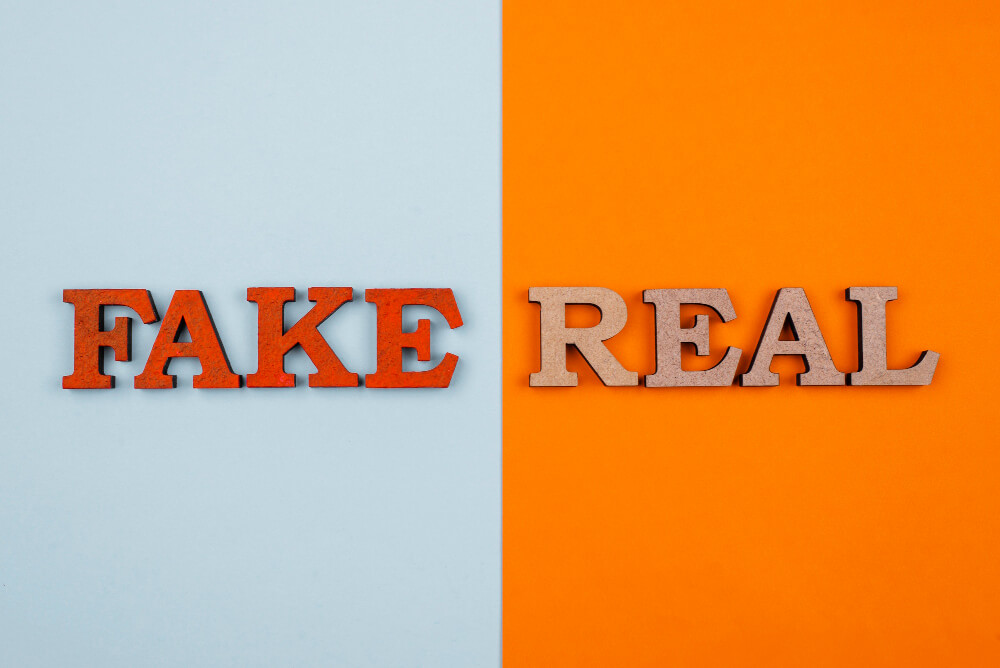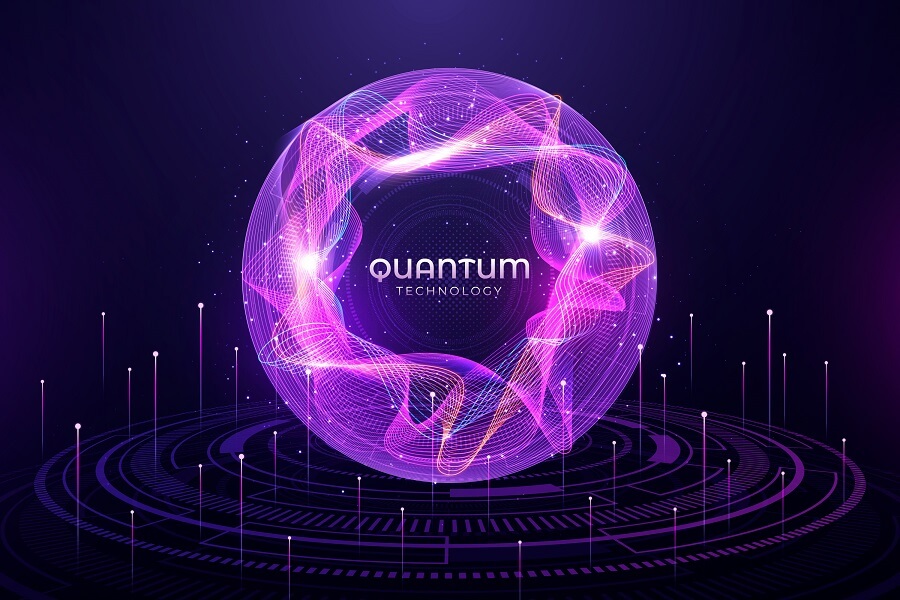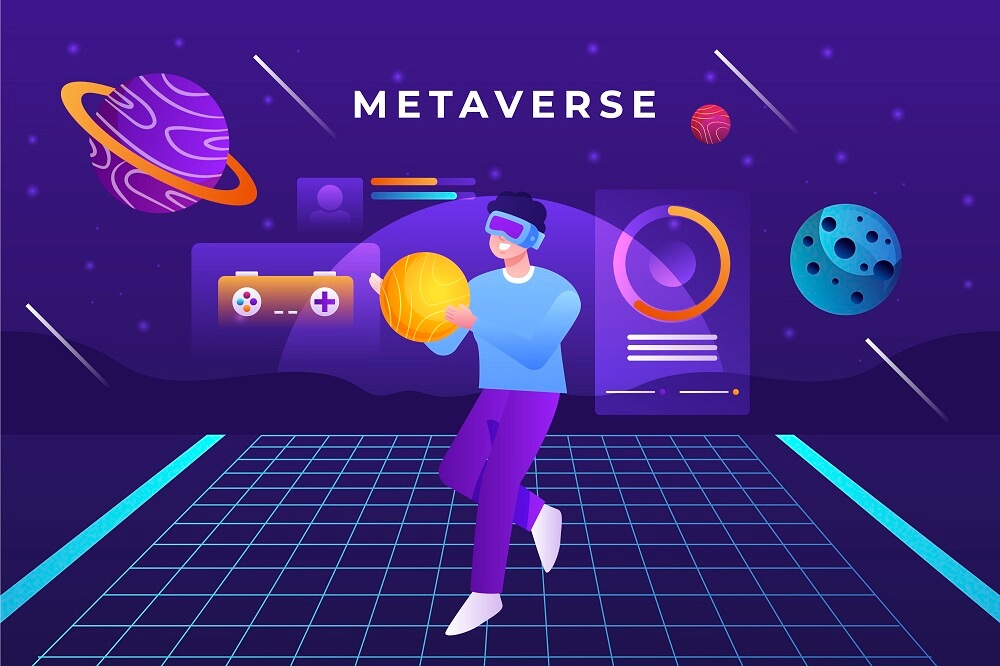In recent years, the realm of artificial intelligence has witnessed a remarkable evolution with the emergence of Generative AI. This transformative technology has captivated imaginations by demonstrating its uncanny ability to create realistic text, images, music, and even videos. From generating real-like portraits to composing symphonies, Generative AI represents a paradigm shift in how we conceive of creativity and innovation.
What is Generative AI
Generative AI, powered by advanced machine learning algorithms such as Generative Adversarial Networks (GANs) and Transformer models like GPT (Generative Pre-trained Transformer), operates by learning patterns and structures from vast datasets to produce new content that mirrors the style and characteristics of the input data. This capability has led to groundbreaking advancements across diverse domains, profoundly impacting various industries and societal landscapes.

Unleashing Creativity
At the forefront of Generative AI’s capabilities is its capacity to unleash creativity in unprecedented ways. One of its most celebrated applications is in the realm of visual arts. Artists and designers now leverage Generative AI to generate intricate designs, lifelike illustrations, and even entire landscapes. For instance, projects like DALL-E by OpenAI showcase how AI can conceptualize and generate images based on textual descriptions, opening new frontiers in creative expression.
In the realm of literature and storytelling, Generative AI has shown remarkable prowess in generating text that mimics human writing styles. Whether it’s crafting compelling narratives, generating poetry, or even producing news articles, AI models like GPT have demonstrated a remarkable ability to understand context, generate coherent text, and even imbue it with emotions and nuances.
The Visual Revolution
The impact of Generative AI is perhaps most visibly felt in the field of computer graphics and visual effects. AI-powered tools are revolutionizing the way content creators produce visual media, enabling them to generate realistic images and animations with unprecedented efficiency and fidelity. From enhancing photo-realism in video games to streamlining the production of visual effects in films, Generative AI is reshaping the entire visual landscape.
Moreover, Generative AI is democratizing the creative process, empowering individuals with limited artistic skills to produce high-quality content. Tools like DeepArt and Runway ML allow users to transform simple sketches into stunning artworks or apply artistic styles to photographs with remarkable ease, blurring the lines between amateur and professional creation.
Harmonies of the Future
In the realm of music, Generative AI is composing harmonies that resonate with the human soul. By analyzing vast repositories of musical compositions, AI models can generate melodies, harmonies, and entire compositions that rival the works of human composers. From classical symphonies to modern electronic beats, Generative AI is expanding the boundaries of musical creativity and enabling musicians to explore new sonic territories.
Projects like Magenta by Google and OpenAI’s MuseNet showcase the potential of AI in music composition, offering composers new tools for inspiration and experimentation. Moreover, Generative AI is not merely replicating existing musical styles but also facilitating the creation of entirely novel genres and sonic experiences that push the boundaries of traditional music theory.
Impacting Industries
The transformative power of Generative AI extends beyond the realms of art and creativity, permeating various industries and sectors. In healthcare, AI-generated models are aiding in medical imaging analysis, drug discovery, and personalized treatment regimens, revolutionizing patient care and diagnostics. Generative AI is also driving innovation in design and engineering, enabling the rapid prototyping of products, optimization of manufacturing processes, and even the creation of entirely new materials with desired properties.
In finance and business, AI-powered algorithms are transforming decision-making processes, from predictive analytics and risk assessment to automated trading strategies and fraud detection. Moreover, in marketing and advertising, Generative AI is enabling hyper-personalized content creation, targeted messaging, and customer engagement strategies that resonate with individual preferences and behaviors.
Ethical Considerations
However, the rapid advancement of Generative AI also raises profound ethical considerations and challenges, particularly concerning the potential misuse of AI-generated content. One of the most pressing concerns is the rise of deep fakes, AI-manipulated videos, and images that can convincingly depict individuals saying or doing things they never did. These technologies pose significant threats to privacy, reputation, and even national security, as they can be used to spread misinformation, manipulate public opinion, and incite social unrest.
Moreover, Generative AI also raises questions about intellectual property rights and creative ownership. As AI-generated content becomes increasingly indistinguishable from human-created works, determining authorship and ownership rights becomes inherently complex. Who owns the rights to AI-generated artworks, music compositions, or literary works? How do we ensure fair compensation for creators and protect against plagiarism and copyright infringement in a world where AI can generate infinite variations of content?
Furthermore, there are concerns about the ethical implications of AI bias and discrimination in Generative AI systems. If these models are trained on biased datasets or reflect societal prejudices, they can perpetuate and amplify existing inequalities and injustices. For instance, AI-generated content may inadvertently reinforce stereotypes, propagate misinformation, or exclude marginalized voices, leading to social, cultural, and economic repercussions.
Navigating the Future
As we navigate the ever-expanding frontiers of Generative AI, it is imperative to address these ethical challenges and establish robust frameworks for responsible development and deployment. This necessitates interdisciplinary collaboration between technologists, ethicists, policymakers, and stakeholders to ensure that AI technologies are developed and deployed in a manner that upholds ethical principles, respects human rights, and serves the collective good.
Moreover, fostering transparency, accountability, and trust in AI systems is essential for building public confidence and mitigating potential risks. This entails implementing mechanisms for auditing and verifying AI-generated content, establishing clear guidelines for ethical conduct, and fostering greater awareness and digital literacy among users to discern between authentic and AI-generated content.
In conclusion, the rise of Generative AI represents a watershed moment in human creativity and innovation, offering unprecedented opportunities for artistic expression, technological advancement, and societal transformation. However, realizing the full potential of Generative AI requires us to confront its ethical implications, safeguard against misuse and exploitation, and harness its power for the betterment of humanity. By embracing responsible AI development practices and fostering ethical stewardship, we can ensure that Generative AI continues to inspire, empower, and enrich our lives for generations to come.



